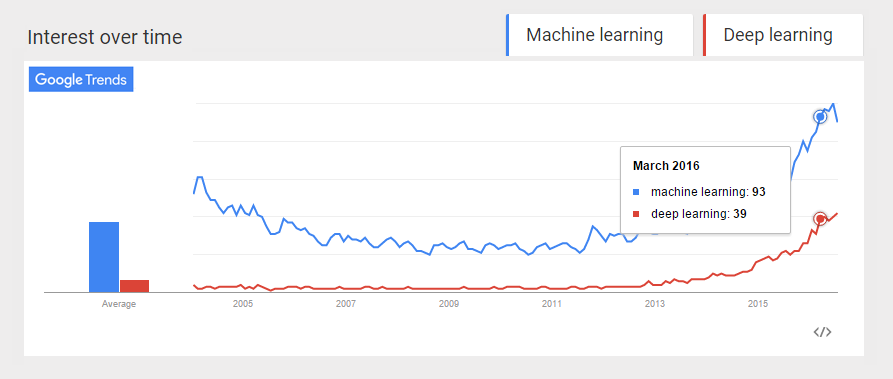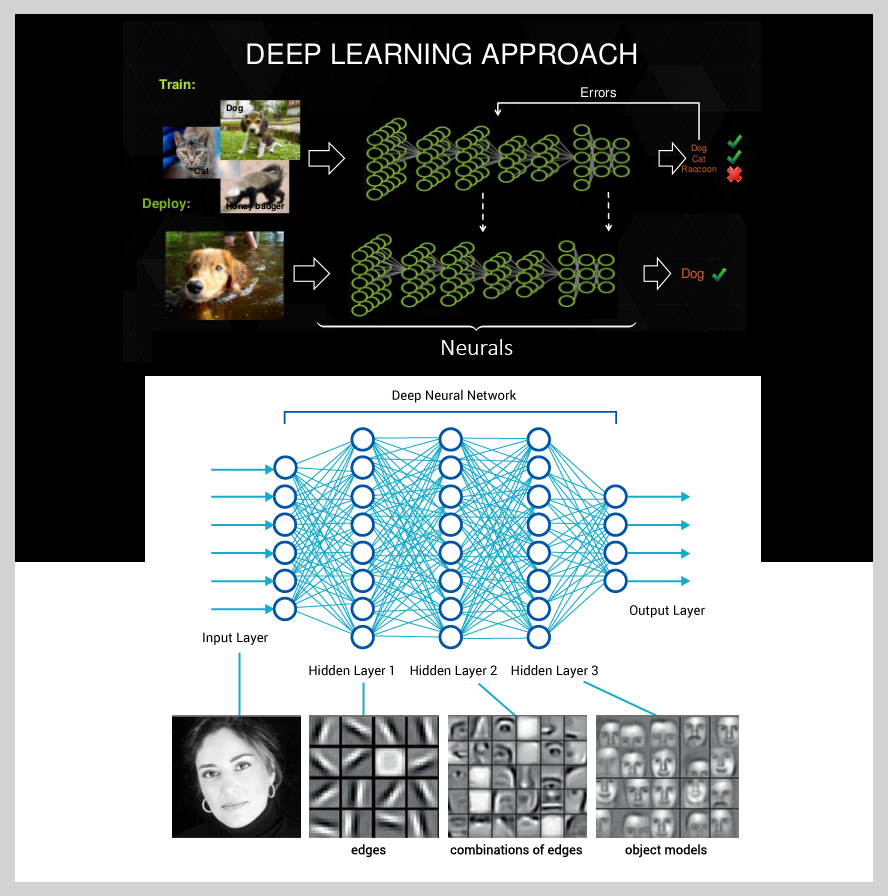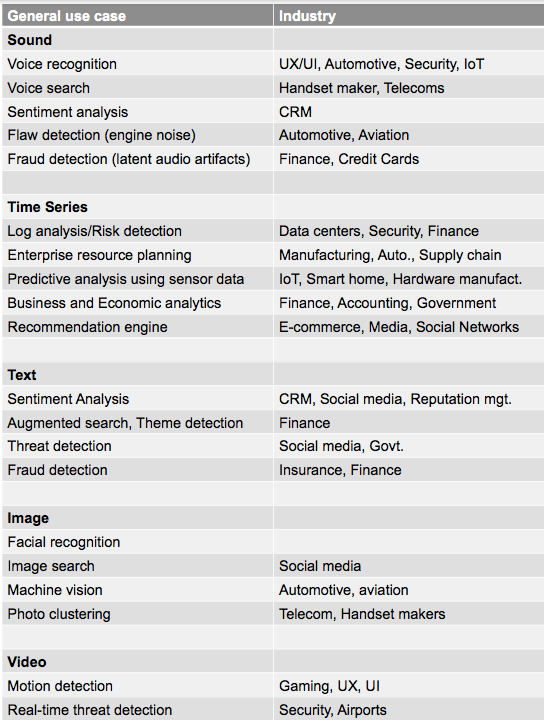Machine learning is a scientific field in which instead of trying to code a limied behaviour program, we try to develop an algorithm that a computer can use to look at hundreds or thousands of examples (and the correct answers), and then the computer uses that experience to solve the same problem in new situations. Essentially, our goal is to teach the computer to solve by example, very similar to how we might teach a young child to distinguish a cat from a dog.
One of the big challenges with traditional machine learning models is a process called feature extraction. Specifically, the programmer needs to tell the computer what kinds of things it should be looking for that will be informative in making a decision. So itís like teaching a computer over and again with a cat sitting on table or cat sitting in a garden. We never have to do that to a human brain, a child once taught what cat looks like they automatically points out a cat no matter where in the image cat is irrespective of whether cat is sleeping or playing or if the cat is white domestic or a black wild one. That is the whole idea behind Deep learning, that is to apply principles of human brain.
Feeding the algorithm raw data rarely ever works, so feature extraction is a critical part of the traditional machine learning workflow. This places a huge burden on the programmer, and the algorithm's effectiveness relies heavily on how insightful the programmer is. For complex problems such as object recognition or handwriting recognition, this is a huge challenge.
|

Deep learning methods are beating out traditional machine learning approaches on virtually every single metric for heavily complicated use cases like image recognition, handwriting interpretation, natural language processing, voice recognition to name a few.  Deep learning is a promising uprising broader extension to traditional machine learning that exhibits Artificial Intelligence capabilities inspired from human brain. Google's already making huge strides in the space with the Google Brain project and its recent acquisition of the London-based deep learning startup DeepMind. |
Challenges with Traditional Machine Learning Algorithms |
Deep Learning
Deep Learning involves training a Neural Network like structures with 2 or more hidden layers also sometimes called Deep neural networks. The more big data set to learn, the more intelligent and accurate the network becomes.
 Deep learning networks can work in both Supervised (Classification) and Unsupervised (Pattern analysis) manner. They can be trained by providing sample inputs/outputs to autocorrect or they can solely learn on their own over time to yield more accurate output on their own. |
Will Deep Learning completely replace Traditional Machine learning algorithms?
To some extent but not entirely. Infact in some use cases both combined may yield a highly intelligent solution.
|
Deep Learning applications
Handwriting recognition and interpretation: In fact, the best commercial neural networks are now so good that they are used by banks to process cheques, and by post offices to recognize addresses. Real time Fraud decision: PayPal engineering blogs, we learn that they are using deep learning via Hadoop to build intelligence into the network. Banks, payment processors and other financial firms will soon move to real-time analytics and artificial intelligence techniques to crack down on fraud. Detecting cancer: A new feature in Samsung Medison's ultrasound system uses a deep-learning algorithm to make recommendations about whether a breast abnormality is benign or cancerous. this avoids unnecessary biopsies. Natural Language Processing which is used heavily in language conversion in chat rooms or processing text from human speeches. Image & Optical Character Recognition which is scanning of images. It's gaining traction lately to read an image and extract text out of it and correlate to the objects found on image. Google uses his technique to list images based on keyword provided. Speech Recognition applications like Apple Siri or Microsoft Cortana needs no introduction Drug discovery though medical imaging-based diagnosis using deep learning. It's kind of in early stages now. Please refer to the Butterfly Network for the work they are doing. CRM needs for companies are growing day by day. Every company wants to know their potential customers. Deep Learning has provided some outstanding results.  |
Deep Learning frameworksDeepLearning4J - An open sourced and commercially supported framework written in Java which is inherently faster than other Python based frameworks. distributed under an Apache 2.0 License, which contains both a patent grant and a litigation retaliation clause. Tensor Flow - An open source framework from Google which is much more than deep learning also licensed under an Apache 2.0 license, and written in Python/C++. Not a solution for the Java and Scala communities. Theano - Grand daddy of deep learning frameworks suitable for academic researchers. Torch - Written in Lua, no good for recurrent neural networks. Easier and lightweight with lots of pretrained models. Caffe - Matlab implementation of convolutional networks C/C++ exposing Python API to use. Good for feedforward image processing, and train models without writing any code. For a more exhaustive comparative listing of deep learning frameworks please see |
About TechFerry
TechFerry is helping companies grow using Growth Analytics & IT Innovation. Our product JetFerry uses AI for faster business growth. We help put your business on fast growth track using Growth Analytics. Healthcare companies are benefiting from Healthcare analytics to improve the quality of care, take better clinical decisions and reduce costs for payers. |